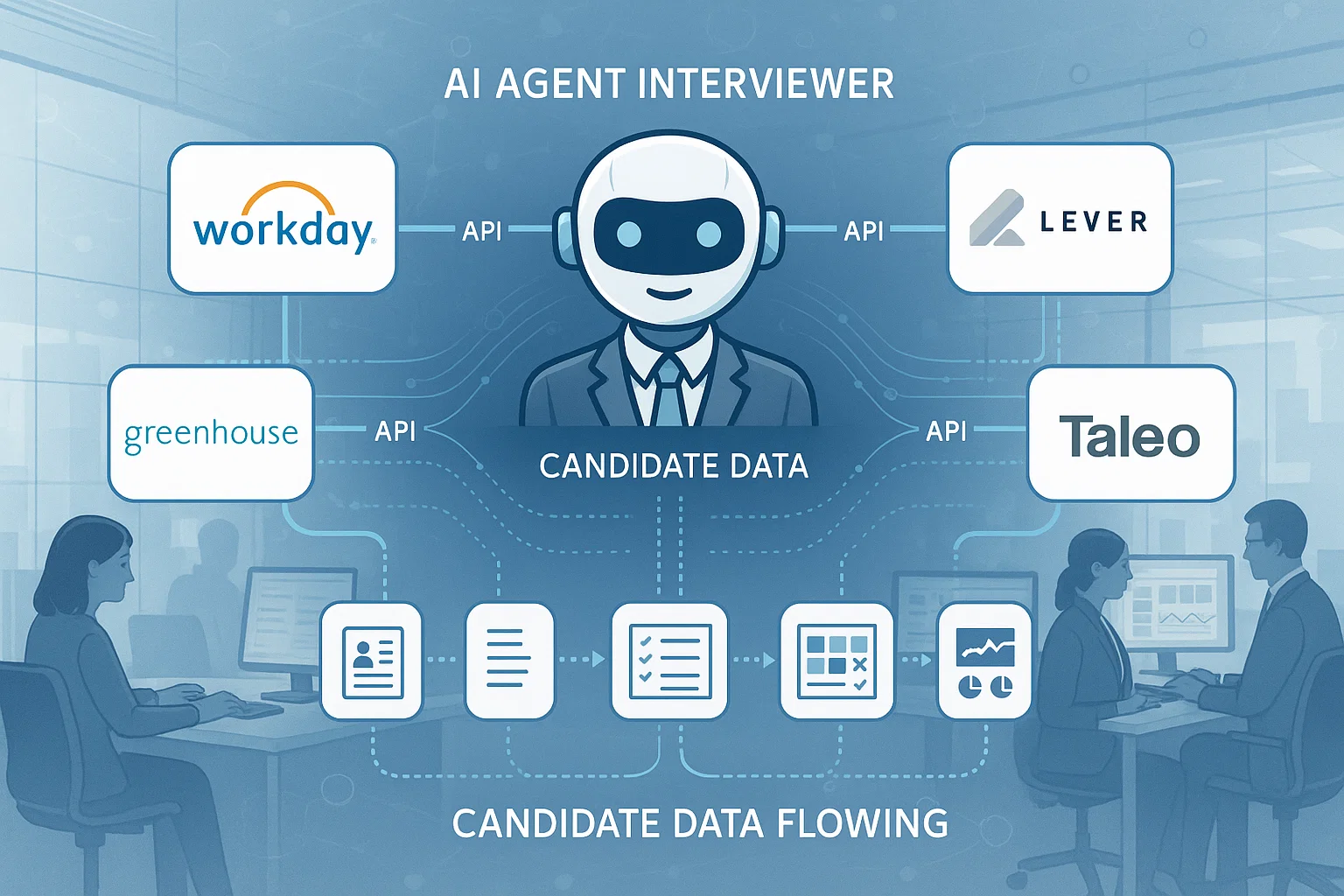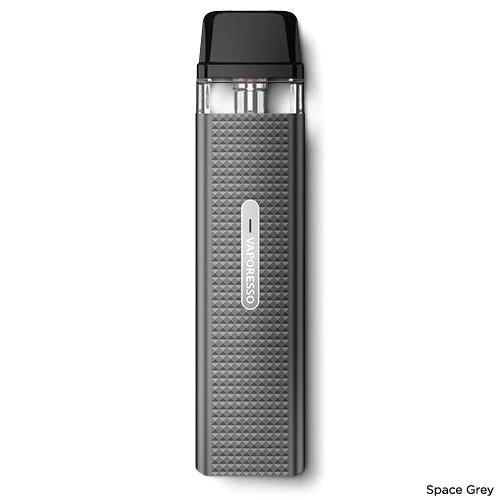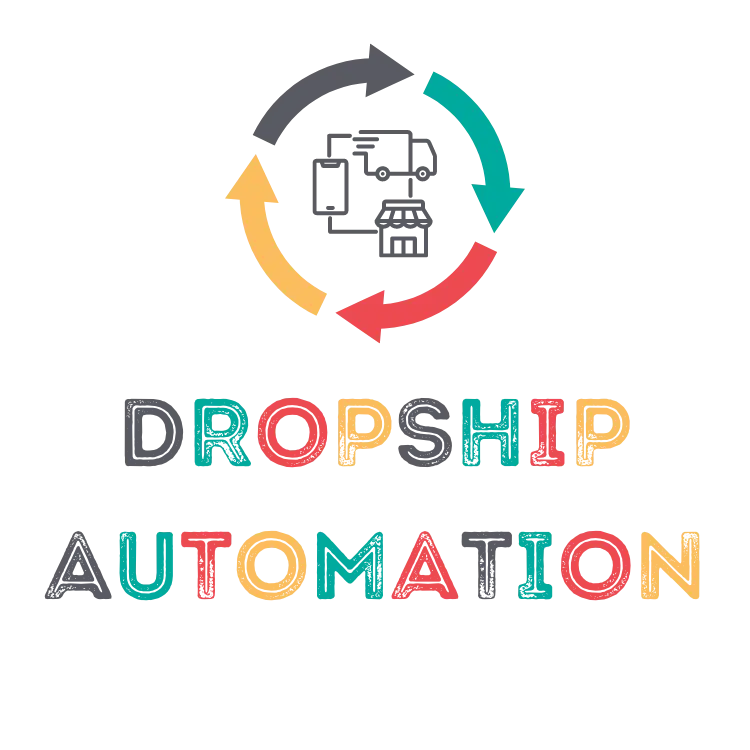AI Agent Interviewer Integration: Seamless ATS Workflows for Modern HR Teams

Modern HR teams face an increasingly complex challenge: managing high-volume recruitment while maintaining quality candidate evaluation and seamless workflow efficiency. Traditional applicant tracking systems (ATS) excel at organizing candidate data but fall short when it comes to automated interview processes and intelligent candidate assessment. The integration of an AI agent interviewer with existing ATS platforms represents a transformative solution that bridges this gap, enabling HR teams to automate interview workflows without sacrificing the organizational benefits of their current systems.
The key to successful AI agent interviewer implementation lies in seamless integration that enhances rather than replaces existing HR technology stacks. When properly configured, these integrations create unified workflows where candidate data flows automatically between systems, interview scheduling becomes effortless, and hiring decisions are supported by comprehensive analytics that feed directly into familiar ATS dashboards.
Understanding AI Agent Interviewer Technology
Core Functionality and Capabilities
An AI agent interviewer operates as an intelligent virtual recruiter capable of conducting structured, conversational interviews with candidates in real-time. Unlike basic chatbots or static questionnaires, these advanced systems utilize natural language processing to understand candidate responses, ask relevant follow-up questions, and adapt conversation flows based on individual answers and role requirements.
The technology excels at conducting consistent, unbiased evaluations across large candidate pools while generating detailed transcripts, scorecards, and analytics that human recruiters can use for informed decision-making. Modern AI agent interviewers can handle various interview types including behavioral assessments, technical screenings, and role-specific scenario evaluations.
Aicruit's AI agent interviewer platform demonstrates the sophistication possible in this technology, conducting dynamic conversations that feel natural while maintaining structured evaluation criteria. The system can probe deeper into candidate responses, request clarification when needed, and ensure all relevant topics are covered systematically.
Integration Architecture Requirements
Successful ATS integration requires robust API connectivity that enables bidirectional data flow between the AI agent interviewer and existing HR systems. Candidate profiles, job descriptions, interview results, and evaluation metrics must synchronize automatically without manual intervention or data duplication.
The integration architecture typically involves secure API connections that respect existing security protocols while enabling real-time data exchange. This ensures that when candidates complete AI interviews, results immediately appear in ATS candidate profiles with properly formatted scorecards and detailed analytics.
Modern AI agent interviewer platforms support integration with leading ATS solutions including Workday, Greenhouse, Lever, Taleo, and BambooHR, providing flexibility for organizations using different HR technology stacks.
ATS Integration Benefits for HR Workflows
Unified Candidate Management
ATS integration eliminates the fragmentation that often occurs when using separate interview tools. Instead of managing candidate information across multiple platforms, recruiters maintain a single source of truth within their familiar ATS interface. Interview scheduling, results tracking, and candidate progression all occur within the same system where recruiters already manage job postings and applicant pipelines.
This unified approach reduces administrative overhead significantly. Recruiters no longer need to export candidate data from one system, conduct interviews in another platform, and manually update records in their ATS. The AI agent interviewer integration automates this entire workflow, ensuring data consistency and reducing the risk of information loss or duplication.
The seamless integration also improves collaboration among hiring team members. When all stakeholders access the same ATS platform, they can review AI interview results, candidate scorecards, and evaluation metrics within familiar workflows, making collaborative hiring decisions more efficient and informed.
Automated Workflow Triggers
Advanced ATS integrations enable automated workflow triggers that move candidates through hiring pipelines based on AI interview performance. When an AI agent interviewer completes a candidate evaluation, the system can automatically advance qualified candidates to the next hiring stage or flag exceptional performers for priority review.
These automated triggers can be customized based on role requirements, evaluation scores, or specific competency assessments. For example, software engineering candidates who excel in technical AI interviews might automatically advance to human technical interviews, while those with lower scores receive personalized feedback and alternative recommendations.
The automation extends to notification systems that alert relevant stakeholders when interview results require attention. Hiring managers can receive immediate notifications about top-performing candidates, while recruiters get alerts about candidates needing additional follow-up or assessment.
Enhanced Reporting and Analytics
Integrated AI agent interviewer platforms provide comprehensive analytics that flow directly into ATS reporting dashboards. HR teams can track interview completion rates, candidate satisfaction scores, time-to-hire improvements, and evaluation accuracy metrics within their existing reporting infrastructure.
The analytics capabilities extend beyond basic metrics to include insights about candidate quality trends, interview effectiveness by role type, and predictive indicators for hiring success. This data helps HR teams optimize their recruitment strategies while maintaining consistency with existing performance measurement frameworks.
Integration also enables longitudinal analysis that connects AI interview performance with actual employee success metrics, helping organizations refine their evaluation criteria and improve hiring accuracy over time.
Technical Implementation Considerations
API Connectivity and Data Security
Implementing AI agent interviewer integration requires careful attention to API security, data encryption, and access control protocols. Candidate information represents sensitive personal data that must be protected according to privacy regulations like PIPEDA in Canada and GDPR in international contexts.
The integration architecture should implement secure authentication protocols, encrypted data transmission, and comprehensive audit logging that tracks all data access and modifications. This ensures compliance with organizational security policies while maintaining the functionality needed for seamless workflow automation.
Modern AI agent interviewer platforms like Aicruit implement enterprise-grade security measures including SOC 2 compliance, data encryption at rest and in transit, and role-based access controls that align with existing ATS security frameworks.
Customization and Configuration Options
Successful integration requires extensive customization capabilities that allow organizations to tailor AI agent interviewer functionality to their specific workflows and evaluation criteria. This includes configuring interview templates, scoring rubrics, and automation rules that align with existing hiring processes.
The AI agent interviewer should support custom fields, evaluation categories, and reporting structures that match organizational needs. For example, sales-focused organizations might emphasize communication skills and relationship-building capabilities, while technical companies prioritize problem-solving and analytical thinking.
Configuration flexibility also extends to user interface customization that maintains consistency with existing ATS design patterns. Recruiters should be able to access AI interview features through familiar navigation structures and dashboard layouts that require minimal additional training.
Scalability and Performance Requirements
Enterprise-level integration must handle high-volume recruitment scenarios where hundreds of candidates complete AI interviews simultaneously. The system architecture should support scalable processing power, reliable uptime, and consistent performance regardless of usage spikes during peak hiring periods.
Integration performance affects overall ATS responsiveness, so AI agent interviewer platforms must optimize data synchronization processes to avoid creating bottlenecks or delays in existing workflows. This requires efficient database operations, optimized API calls, and intelligent caching mechanisms.
Platform-Specific Integration Examples
Workday Integration Capabilities
Workday users benefit from deep integration that leverages the platform's robust workflow automation and approval processes. AI agent interviewer results can trigger Workday's built-in hiring workflows, automatically updating candidate status, scheduling next steps, and generating approval requests for hiring managers.
The integration supports Workday's security model with role-based permissions that control access to AI interview results based on organizational hierarchies and responsibilities. This ensures that sensitive candidate evaluation information reaches appropriate stakeholders while maintaining confidentiality.
Custom reporting within Workday can incorporate AI interview metrics alongside traditional recruitment KPIs, providing comprehensive views of hiring pipeline performance and candidate quality trends.
Greenhouse Integration Features
Greenhouse integration enables AI agent interviewer results to populate directly into candidate scorecards using the platform's existing evaluation frameworks. Interview transcripts, skill assessments, and behavioral analysis integrate seamlessly with Greenhouse's collaborative hiring tools.
The integration supports Greenhouse's scheduling functionality, automatically coordinating AI interviews with existing interview calendars and sending appropriate notifications to candidates and hiring team members. This maintains consistency with established communication patterns while adding AI automation benefits.
Advanced analytics flow into Greenhouse's reporting dashboard, enabling HR teams to track AI interview effectiveness alongside traditional hiring metrics within familiar interfaces.
Lever and Taleo Connectivity
Both Lever and Taleo integrations focus on maintaining existing workflow patterns while adding AI interview capabilities. Candidate data synchronizes automatically, ensuring that AI evaluation results appear alongside traditional application materials and human interview feedback.
The integrations support these platforms' collaboration features, enabling hiring teams to discuss AI interview results within existing communication frameworks and decision-making processes.
Measuring Integration Success
Key Performance Indicators
Organizations should track specific metrics to evaluate AI agent interviewer integration effectiveness:
- Time-to-hire reduction: Measure improvements in overall hiring speed
- Interview completion rates: Monitor candidate engagement with AI interview processes
- Data synchronization accuracy: Ensure seamless information flow between systems
- User adoption rates: Track recruiter usage and satisfaction with integrated features
- Candidate experience scores: Evaluate satisfaction with automated interview processes
ROI Calculation Framework
Calculate integration ROI by comparing pre-implementation costs with post-integration savings across several categories:
- Administrative time savings: Reduced manual data entry and coordination tasks
- Improved hiring quality: Better candidate selection leading to reduced turnover
- Increased recruitment capacity: Ability to handle higher candidate volumes without additional staff
- Technology cost optimization: Consolidated tool usage and reduced platform licensing needs
Most organizations achieve positive ROI within 90 days of implementing comprehensive AI agent interviewer integration, with benefits compounding over time as usage scales.
Best Practices for Implementation
Change Management Strategies
Successful integration requires comprehensive change management that helps recruiters adapt to new workflows while maintaining productivity. Training programs should focus on practical applications rather than technical details, showing how AI agent interviewer integration improves daily tasks and decision-making processes.
Communication strategies should emphasize enhancement rather than replacement, helping recruiters understand how AI agent interviewers augment their expertise rather than threatening their roles. Success stories and early wins help build enthusiasm and encourage broader adoption.
Gradual Rollout Approaches
Organizations typically achieve better results with phased implementation that starts with specific roles or departments before expanding organization-wide. This allows teams to refine integration configurations, address technical issues, and optimize workflows before full-scale deployment.
Pilot programs should focus on high-volume positions where AI agent interviewer benefits are most apparent, such as customer service roles, sales positions, or technical screenings. Success in these areas builds confidence for broader implementation across diverse role types.
Future Integration Trends
Advanced Analytics and Predictive Capabilities
Future AI agent interviewer integrations will incorporate more sophisticated predictive analytics that help organizations identify high-potential candidates earlier in the hiring process. Machine learning algorithms will analyze successful hiring patterns to improve candidate evaluation accuracy continuously.
Integration with performance management systems will enable longitudinal analysis that connects AI interview assessments with actual job performance, helping organizations refine their evaluation criteria and improve hiring decisions over time.
Enhanced Automation and Workflow Intelligence
Next-generation integrations will feature more intelligent workflow automation that adapts to organizational patterns and hiring manager preferences. The systems will learn from successful hiring decisions to optimize candidate routing, interview scheduling, and evaluation processes automatically.
Advanced automation will extend to candidate communication, providing personalized feedback and next steps based on AI interview performance while maintaining consistency with organizational communication standards.
Conclusion: Transforming HR Operations Through Integration
AI agent interviewer integration with ATS platforms represents a fundamental shift in how modern HR teams manage recruitment workflows. By combining the organizational benefits of established ATS systems with the efficiency and intelligence of AI-powered interviews, organizations create comprehensive hiring solutions that deliver superior results while maintaining familiar operational frameworks.
The key to successful integration lies in choosing AI agent interviewer platforms that prioritize seamless connectivity, comprehensive customization, and enterprise-grade security. Aicruit exemplifies this approach with robust ATS integrations that enhance rather than disrupt existing HR workflows while delivering measurable improvements in hiring speed, candidate quality, and operational efficiency.
Organizations that embrace comprehensive AI agent interviewer integration position themselves for sustained competitive advantage in talent acquisition, building recruitment capabilities that scale efficiently while maintaining the human touch that defines exceptional hiring experiences. The future of HR technology lies in intelligent integration that amplifies human expertise rather than replacing it, and AI agent interviewer platforms provide the foundation for this transformation.








